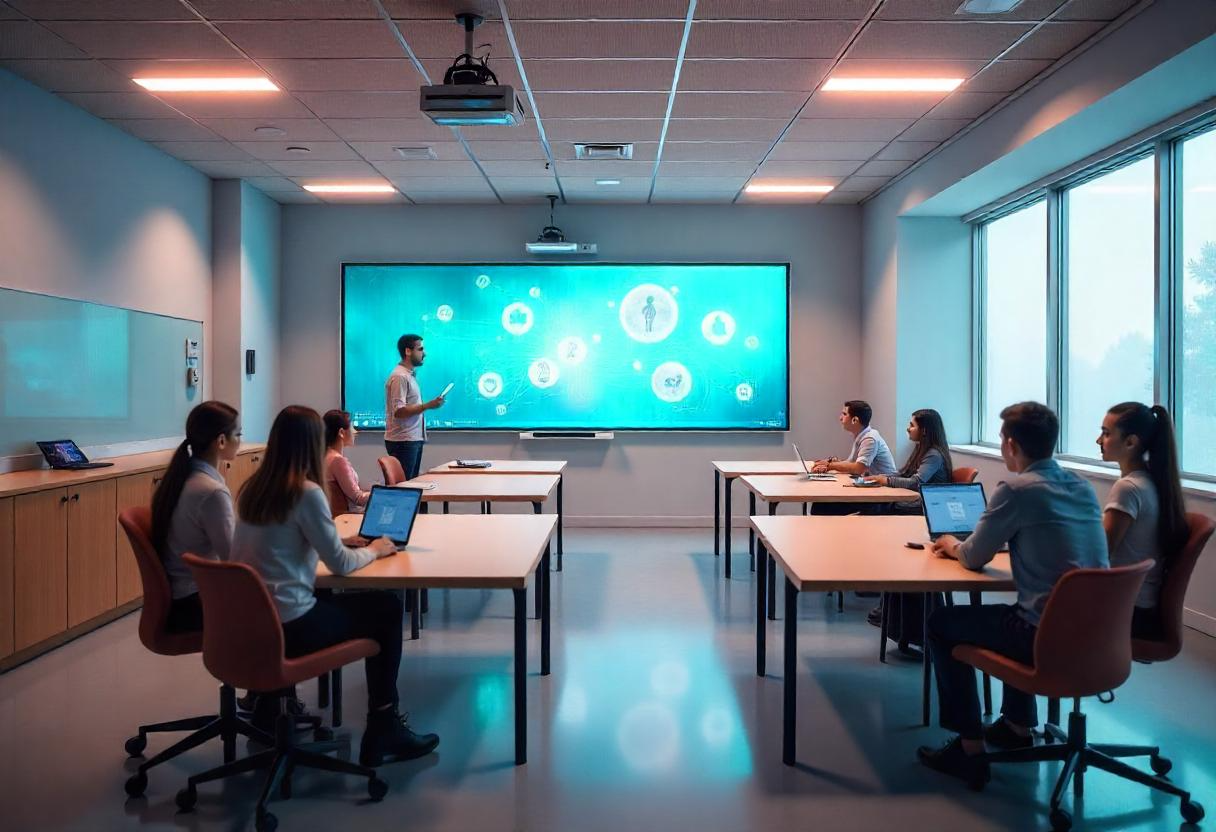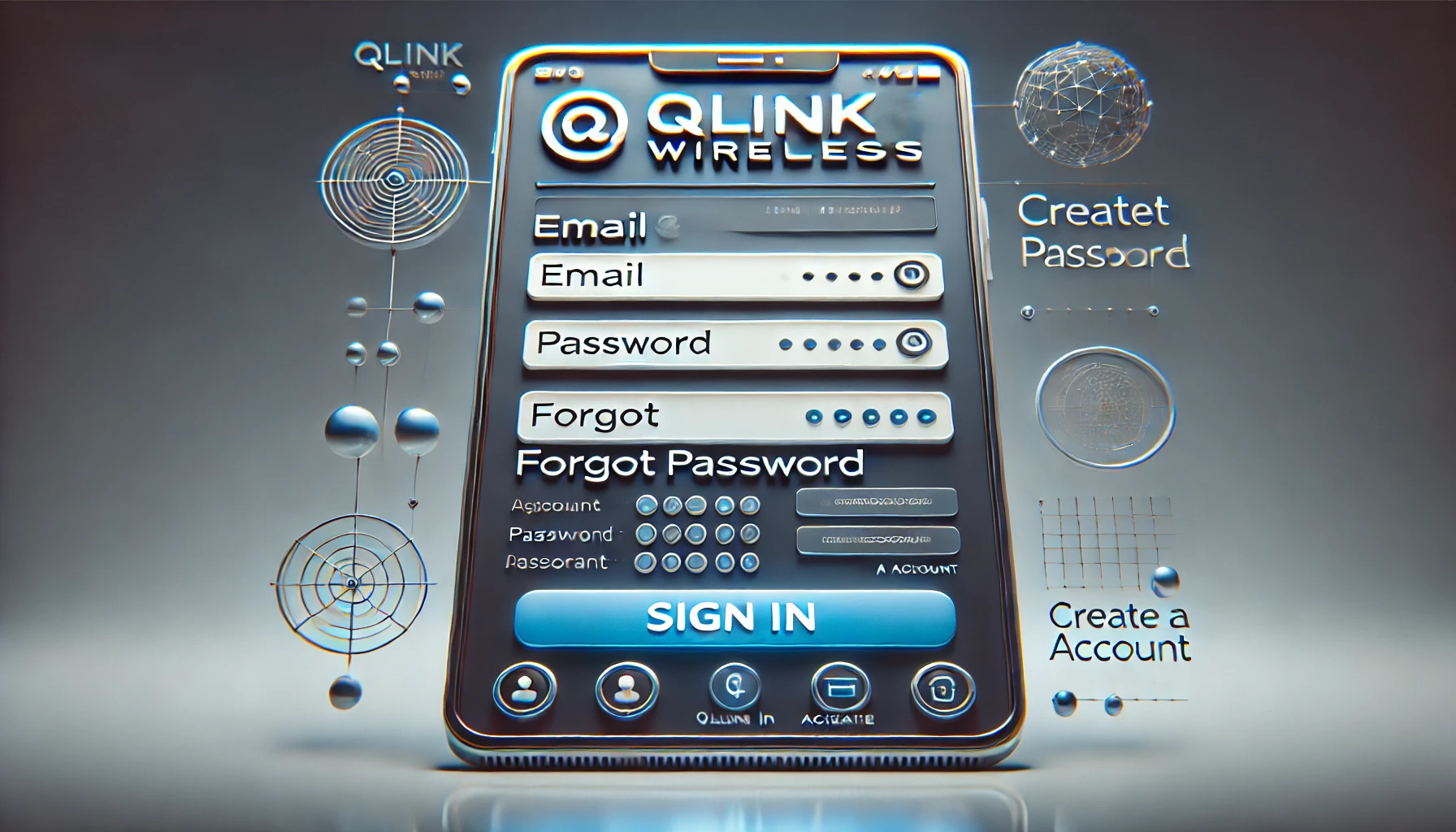In recent years, the educational landscape has witnessed significant transformations aimed at enhancing student learning experiences. One such innovation is the concept of “Classroom 15x,” which represents a paradigm shift in classroom design and teaching methodologies. This article delves into the intricacies of Classroom 15x, exploring its features, benefits, challenges, and implementation strategies.
Understanding Classroom 15x
Classroom 15x is an innovative approach to classroom design that emphasizes flexibility, technology integration, and collaborative learning environments. Unlike traditional classrooms with rigid seating and teacher-centered instruction, Classroom 15x fosters a student-centered learning atmosphere. This model encourages active participation, critical thinking, and adaptability, preparing students for the dynamic demands of the modern world.
Key Features
Flexible Seating Arrangements
One of the hallmark features of Classroom 15x is its flexible seating arrangements. Movable desks and chairs allow for various configurations, accommodating individual work, group projects, and whole-class discussions. This adaptability not only enhances comfort but also supports different teaching methods and learning activities.
Advanced Technological Integration
Incorporating advanced technology is central to the Classroom 15x model. Interactive whiteboards, tablets, and high-speed internet access facilitate dynamic teaching and learning experiences. These tools provide students with access to a wealth of information and resources, fostering digital literacy and research skills.
Collaborative Learning Zones
It designs often include designated collaborative learning zones. These areas are equipped with resources that encourage group work and peer-to-peer learning. By fostering collaboration, students develop essential communication and teamwork skills, which are invaluable in both academic and professional settings.
Benefits
Enhanced Student Engagement
The dynamic and interactive nature of Classroom 15x captivates students’ attention, making learning more engaging. Flexible seating and collaborative zones encourage active participation, while technological tools provide interactive content that resonates with digital-native learners.
Improved Academic Performance
Research indicates that students in well-designed learning environments often exhibit better academic performance. The adaptability of Classroom 15x allows educators to implement diverse teaching strategies, catering to various learning styles and needs, thereby enhancing comprehension and retention.
Development of Critical Thinking Skills
By promoting collaboration and active learning, Classroom 15x encourages students to think critically and solve problems creatively. Engaging with peers in group activities and utilizing technological resources fosters analytical thinking and innovation.
Steps to Implement Classroom 15x in Schools
Assessing Current Classroom Environments
The first step in adopting it is to evaluate existing classroom setups. Identifying areas that hinder flexibility, collaboration, or technology integration will inform the redesign process.
Planning and Design
Collaborating with architects, designers, and educators is crucial in planning a Classroom 15x environment. This phase involves selecting appropriate furniture, technology, and layout designs that align with educational objectives and student needs.
Professional Development for Educators
Investing in professional development ensures that teachers are equipped to effectively utilize the new classroom environment. Training sessions should focus on integrating technology into lessons, managing flexible seating arrangements, and fostering collaborative learning.
Case Studies: Successful Classroom 15x Implementations
School A: Urban Elementary School
An urban elementary school transformed its traditional classrooms into flexible learning spaces by incorporating movable furniture and interactive whiteboards. The redesign led to increased student engagement and improved test scores, demonstrating the effectiveness of the Classroom 15x model.
School B: Suburban High School
A suburban high school implemented Classroom 15x by creating subject-specific collaborative zones and integrating advanced technology. This approach facilitated interdisciplinary learning and enhanced students’ critical thinking abilities, preparing them for higher education and careers.
Future Trends in Classroom Design
Sustainable and Eco-Friendly Materials
Future classroom designs are expected to prioritize sustainability. Utilizing eco-friendly materials and energy-efficient technologies not only benefits the environment but also creates healthier learning spaces
for students. Schools are increasingly adopting recycled materials, green lighting solutions, and air-purifying plants to enhance the learning environment.
Personalized Learning Spaces
It emphasizes the importance of catering to individual student needs. Future classrooms may incorporate AI-driven personalization tools that adapt lesson plans based on student performance and learning styles. This approach ensures that each student receives tailored support to maximize their academic potential.
The Role of Technology in Future Classrooms
As education continues to evolve, technology will play an even greater role in shaping classrooms. Virtual and augmented reality tools will allow students to experience immersive learning environments, while artificial intelligence can provide real-time feedback and adaptive assessments. Future iterations of it will likely integrate these advancements to create more engaging and effective learning experiences.
Also read: MyWebInsurance.com: Your Partner in Comprehensive Business Insurance
Conclusion
It represents the future of education, offering a dynamic, flexible, and technology-driven approach to learning. By prioritizing student engagement, critical thinking, and collaboration, this model enhances academic performance and prepares students for real-world challenges.
As classroom designs continue to evolve, adopting the principles of it will ensure that students receive a well-rounded, future-ready education.
FAQs
What is Classroom 15x?
It is an innovative educational model that integrates flexible seating, advanced technology, and collaborative learning zones to enhance student engagement and performance.
How does Classroom 15x differ from traditional classrooms?
Unlike traditional classrooms with fixed seating and teacher-led instruction, it promotes student-centered learning through adaptable spaces, interactive technology, and group collaboration.
What are the main benefits of Classroom 15x?
It improves student engagement, enhances critical thinking skills, fosters collaboration, and supports diverse learning styles through personalized educational experiences.
What challenges might schools face when implementing Classroom 15x?
Schools may encounter budget constraints, the need for teacher training, and logistical challenges in redesigning classroom spaces to fit the Classroom 15x model.
How can schools overcome budget constraints in adopting Classroom 15x?
Schools can seek grants, allocate funds strategically, collaborate with educational technology providers, and implement changes gradually to minimize financial strain.
What future trends are expected in classroom design?
Future classroom designs will incorporate sustainable materials, personalized learning spaces, and AI-driven educational tools to enhance student learning experiences.





